#german mythology
Text
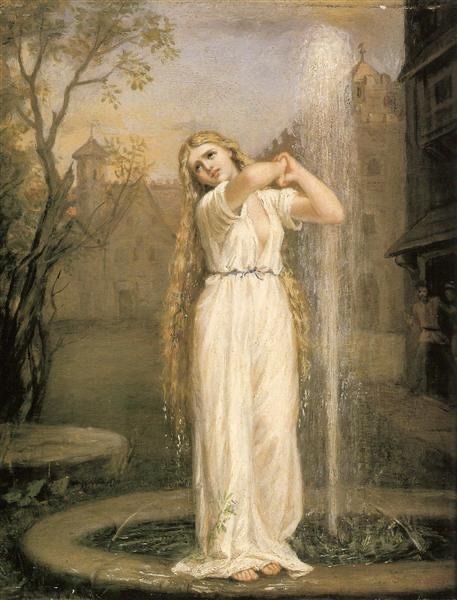
Undine, John William Waterhouse. 1872.
#aesthetic#art#art history#historical fashion#fashion#historical art#women in art#women#victorian#victorian aesthetic#mythology#German mythology#mythology aesthetic#mythology painting#medieval#medieval style#medieval aesthetic#undine#folklore#folklore aesthetic#water#water aesthetic
61 notes
·
View notes
Text
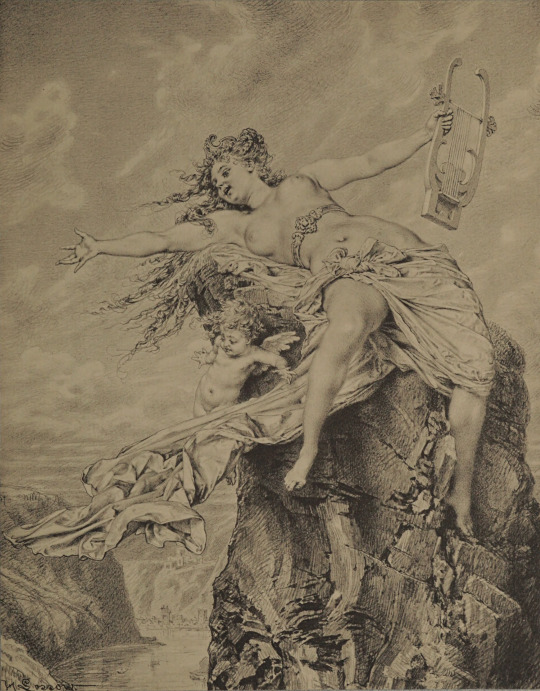
Lorelei. Gotterdekameron. 1881.
A beautiful maiden who threw herself into the Rhine River in despair over a faithless lover and was transformed into a siren who lured fishermen to destruction. Wikipedia.
Internet Archive
315 notes
·
View notes
Text
Walpurgisnacht

Walpurgisnacht is a celebration assimilated from Celto-Germanic and Christian beliefs. Although named after the English born saint Walburga, the celebration is known in many pagan versions of the same idea: spring.
One of the most popular versions is that Odin would hunt dark winter spirits in the night of April 30th and May 1st. In more Christian beliefs, the night was filled with magic and witches, which must be scared away with large bonfires.
Although sometimes associated with satanism, partially because of Goethe’s “Faust”, the general idea is to come together and light any kind of fire and welcome spring, glad that winter is over.
“Die Walpurgisnacht. Ein gedicht in drei Gesangen” Johann Friedrich Löwen 1756
#spring#walburga#walpurgisnacht#paganism#heithen#Odin#wodan#german mythology#germanic mythology#Germanic#vikings#viking mythology#norse mythology#goethe#Faust#satanism#witches#sabbaths#viking archaeology#merovingian#Merovingian archaeology#frankish#anglo saxon#mythology#St walburga#witch#sabbathaic#esoteric#coven#witches coven
71 notes
·
View notes
Text
The Wolpertinger

A creature from German Folklore, this is a very illusive creature that is said to hide within the Forests of Bavaria...
#germany#wolpertinger#german folklore#folklore#mythical creatures#bavaria#bavarian forest#germanic folklore#mythical bunnies#lunawolfewolf#luna wolfewolf#monster hunter#german mythology#Wolperdinger#critters#forest#forest creature
52 notes
·
View notes
Photo
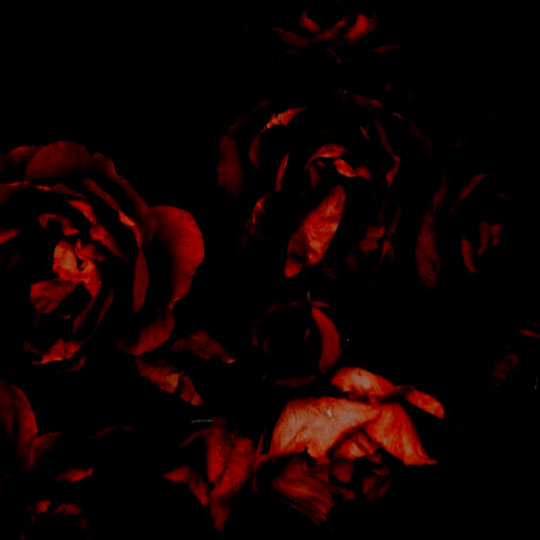
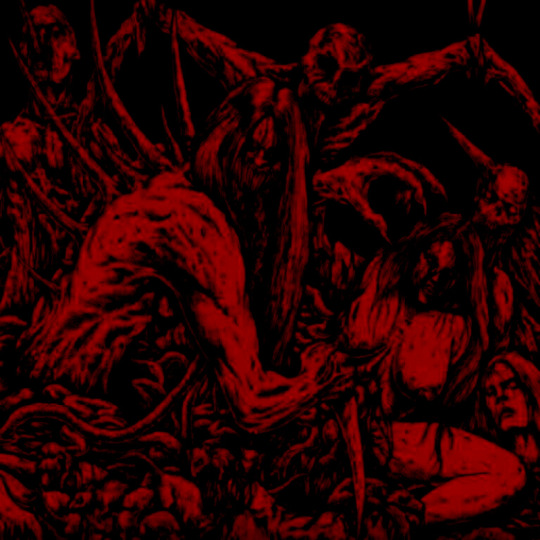




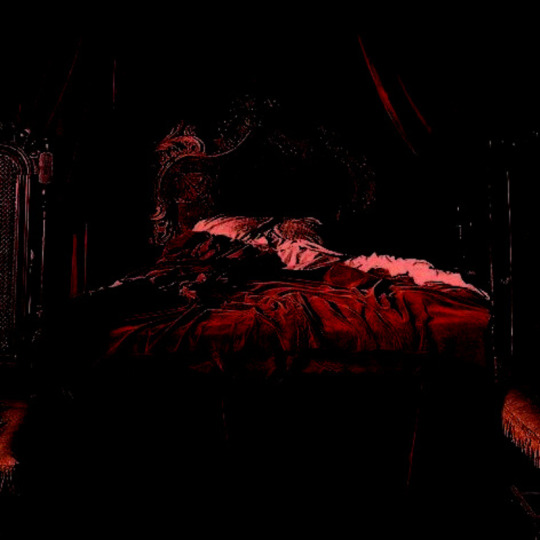

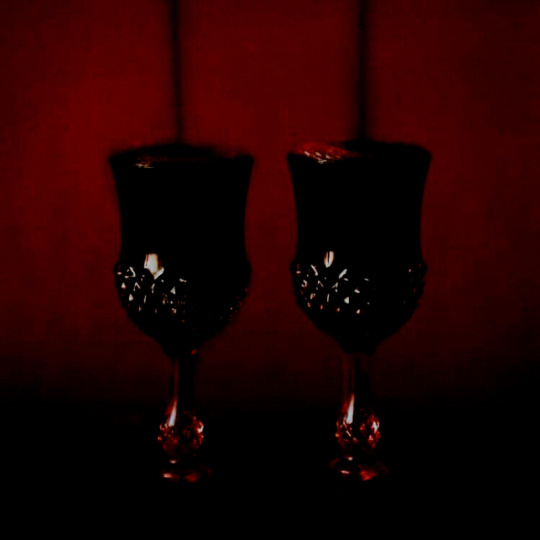
30 days of horror myths: alp
originating from german folklore, the alp is a malevolent, vampiric spirit that has the ability to shape-shift into cats, dogs, snakes, butterflies and pigs. this male demon appears in the nightmares of men, women, and children, and in the old days, people believed alps caused sleeping problems, such as sleep apnea, sleep paralysis, and sleepwalking. it only resides in dreams, making it almost impossible to kill.
216 notes
·
View notes
Text
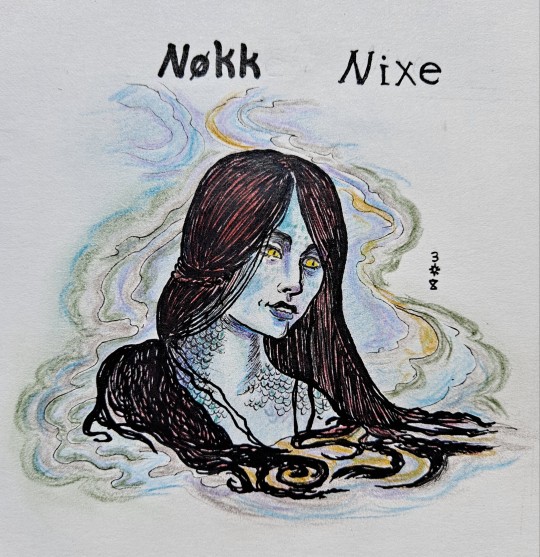
Nixe are river sirens from germanic folklore- aside from their alleged shape-shifting and ability to murder horny men with incredible effectiveness, their most distinguishing trait is their perpetual moisturized look.
53 notes
·
View notes
Text

The Lorelei, circa 1836
By Alfred Rethel
Illustration for Reumont's Rhineland legends
#art#painting#fine art#classical art#german art#german artist#19th century art#1800s#illustration#mythology#german mythology#monochrome#beauty#european mythology#european art#lorelei#old art#german painter#german culture#graphic art
7 notes
·
View notes
Note
I love how in German mythology, the nice version is something small, like tucks you in and sings a lullaby, and the evil version just straight up goes to I will eat your god forsaken children.
Love the duality! Especially because the good Nachtrabe is like only in one small part of Germany.
Let me tell you about the Sandmann...
His sand will rip your eyes out. Or the werewolf that will let you carry it until you go mad.
16 notes
·
View notes
Text

WOLPERTINGER
A creature from German Folklore that lives in the alpine forest of Bavaria and Baden-Württemberg. It’s noch has various parts from other animals. It lives on roots and herbs. If one touches its spit, hair will grow on the spot.
#procreate#digital art#artist on tumblr#librum prodigiosum#illustration#procreate artist#digitalart#digital artist#mythology#creature#mythical creature#wolpertinger#german folklore#German mythology
227 notes
·
View notes
Text
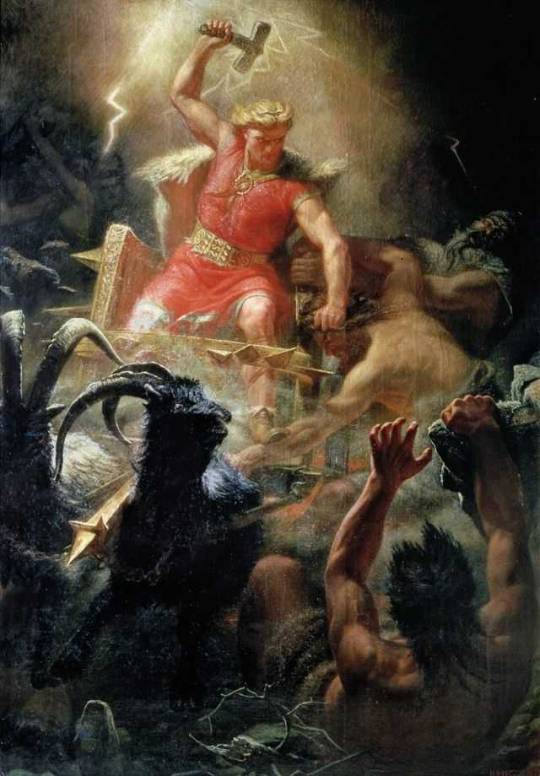
Thor's Battle with the Giants (painting, 1872) Photo: National Museum Stockholm / Bridgeman
#asgardian#old gods of asgard#thor#god of war asgard#donar#norse mythology#norse paganism#norse pantheon#german mythology#germanic paganism#giants#germanic mythology#germanic pantheon#north germanic mythology#art#history#kunst#arte
123 notes
·
View notes
Photo
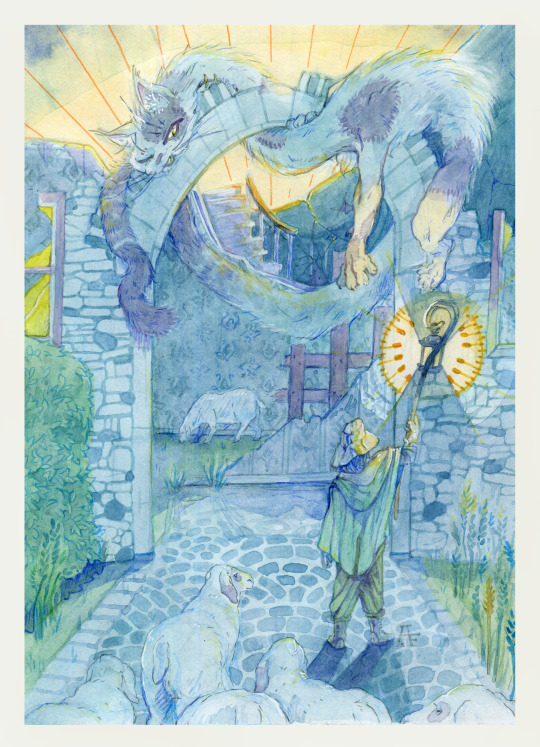
Tatzelwurm. Watercolor, 2023
A painting of one of Germany’s silliest dragons made while studying the works of Kay Nielsen
#tatzelwurm#fabeltier#dragon#cryptid#mythical beast#monster#folklore#German folklore#German mythology#alpenland#shepherd#sheep#Jezersko–Solčava#cat#watercolor#traditional art#illustration#storybook illustration#picture book illustration#schloss#castle#ruins#kay nielsen#fairytale#märchen
32 notes
·
View notes
Text

Perchta Aesthetic
Perchta or Berchta, also commonly known as Percht and other variations, was once known as a goddess in Alpine paganism in the Upper German and Austrian regions of the Alps. Her name may mean "the bright one" (Old High German: beraht, bereht, from Proto-Germanic *berhtaz) and is probably related to the name Berchtentag, meaning the feast of the Epiphany.
In some descriptions, Perchta has two forms; she may appear either as beautiful and white as snow like her name, or as an little old woman with a very wrinkled face, bright lively eyes, and a long hooked nose; her hair is disheveled, her garments tattered and torn.
Initially, Perchta was the upholder of cultural taboos, such as the prohibition against spinning on holidays. In the folklore of Bavaria and Austria, Perchta was said to roam the countryside at midwinter, and to enter homes during the twelve days between Christmas and Epiphany (especially on the Twelfth Night). She would know whether the children and young servants of the household had behaved well and worked hard all year. If they had, they might find a small silver coin the next day, in a shoe or pail. If they had not, she would slit their bellies open, remove their stomach and guts, and stuff the hole with straw and pebbles. She was particularly concerned to see that girls had spun the whole of their allotted portion of flax or wool during the year. She would also slit people's bellies open and stuff them with straw if they ate something on the night of her feast day, other than the traditional meal of fish and gruel.
30 notes
·
View notes
Photo
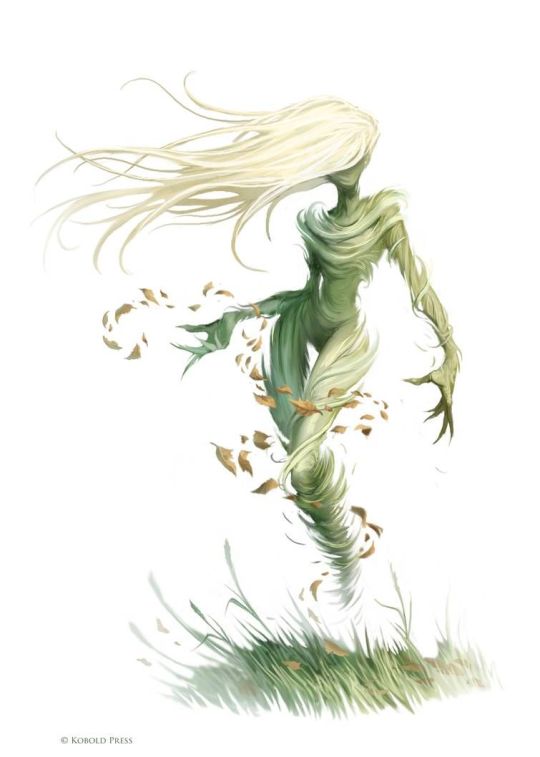

The Bilwis [German folklore]
Old German folklore has a lot of corn- or rye-related spirits (often called ‘Feldgeister’ as an umbrella term). Those stories were told to children to dissuade them from playing in agricultural fields, as playing children often trampled crops which was bad for the farmer.
If I understand it correctly, Bilwisse can either be transformed humans or originate as Bilwisse. Bilwisse of the second variant often inhabit trees or mountains. Both variants can cause diseases in human victims, which they do by shooting enchanted invisible arrows at their victims. Bilwisse are also called Bilsenschnitters.
These creatures are sometimes depicted as sentient whirlwinds, but it’s hard to find whether this is an original attribute of the creature or a modern addition, because they have been around for quite some time. In fact, belief in the Bilwisse dates back to the middle ages, but it wasn’t until the 15th century that they became associated with crops and corn.
In humanoid form, a Bilwis is always barefoot, but with a sickle bound to its right big toe. That way, they cut a line through the grain while walking. But if someone spots the creature when it is doing this, and call out to them, then the Bilwis is cursed to die in the same year. If, however, the Bilwis spots someone else and calls out to them first, that person will instead be cursed and will die within the year.
This myth is supposedly why some German farmers plowed and sowed their crops from the outside of the field to the center. For some reason, this practice would forbid Bilwisse from entering the field, preventing them from damaging the crops with their toe-sickles. It was a custom to leave the last sheaf of every harvest as a tribute to the Bilwis (called the ‘Bilwisschnitt’ or ‘Bilwis cut’).
Curiously, folklorist Ludwig Bechstein mentioned that Bilwisse sometimes go to human settlements and ask to borrow certain objects, and warned that you should never let them do so. But the reason isn’t mentioned. I guess they’re just really rude spirits that don’t return borrowed objects.
Sources:
Lecouteux, C., 2016, Encyclopedia of Norse and Germanic Folklore, Mythology, and Magic.
Bechstein, L., 1930, Deutsches Sagenbuch, Leipzig.
(image source 1: WillOBrien on Deviantart)
(image source 2: Shigeru Mizuki)
131 notes
·
View notes
Text
Bonus post: second Merseburg spell - song lyrics
Phol ende uuodan
Phol and Wodan (Odin)
uuorun zi holza
were in the woods
du uuart demo balderes uolon
sin uuoz birenkict
Than Balder’s foal hurt his foot
-
thu biguol en sinhtgunt
Then Sinthgunt sang
sunna era suister
Sunna her sister
thu biguol en friia
Then Friia (Freya) sang
uolla era suister
Volla her sister
thu biguol en uuodan,
Then sang Wodan
so he uuola conda
So he well could
-
sose benrenki
Like bone-sprain
sose bluotrenki
Like blood-sprain
sose lidirenki
So joint-sprain
ben zi bena
Bone to bone
bluot zi bluoda
Blood to blood
lid zi geliden
Joint to joints
sose gelimida sin
Let them be glued
Explanation post
Merseburger Domstiftbibliothek, codex 136, f85r
#merovingian#viking archaeology#frankish#viking mythology#archaeology#field archaeology#germanic mythology#norse mythology#carolingian#charlemagne#frisian#vikings#viking#field archaeologist#history#linguistics#Merseburg#german mythology#old high German#German linguistics#heilung#germanic archaeology#anglo saxon
12 notes
·
View notes
Text
Been looking for mythological birds and I am love:
Nachtrabe (night raven) in Austria and South Germany.
Mostly they are evil and kidnap and eat kids that are still outside at night but there is also a nice variant that just tucks you into bed and sings you a lullaby!
17 notes
·
View notes